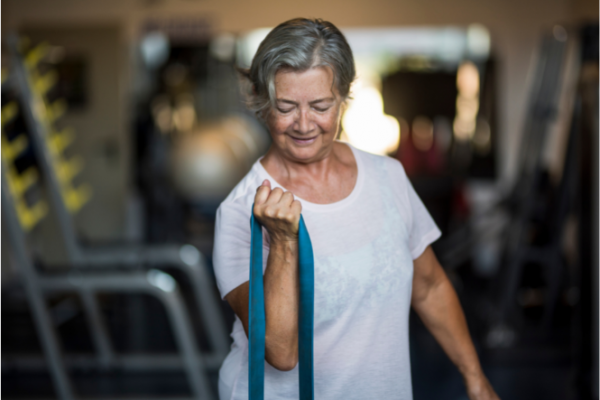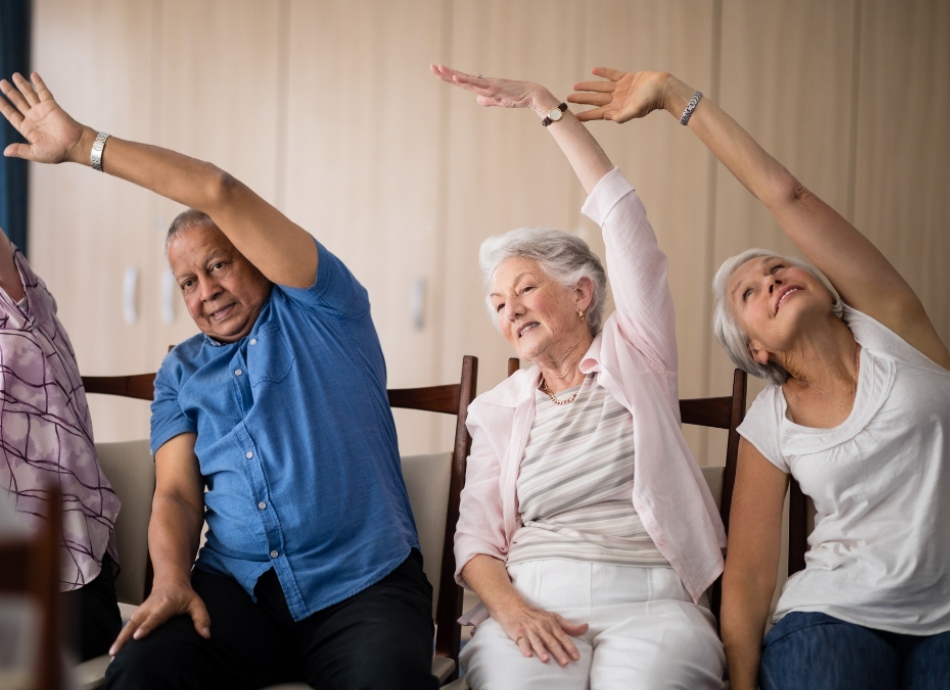Physical activity can help:
- increase balance and coordination
- increase muscle strength
- prevent falls
- prevent and manage health conditions such as stroke, heart disease, obesity, type 2 diabetes, osteoarthritis, cancers and depression
- reduce the risk of premature death
- improve sleep
- enhance wellbeing and quality of life
- increase social interaction.
But the type and amount of exercise you should do changes as you age. Here are some tips on exercise that is suitable for people over 65.

Image credit: Canva






